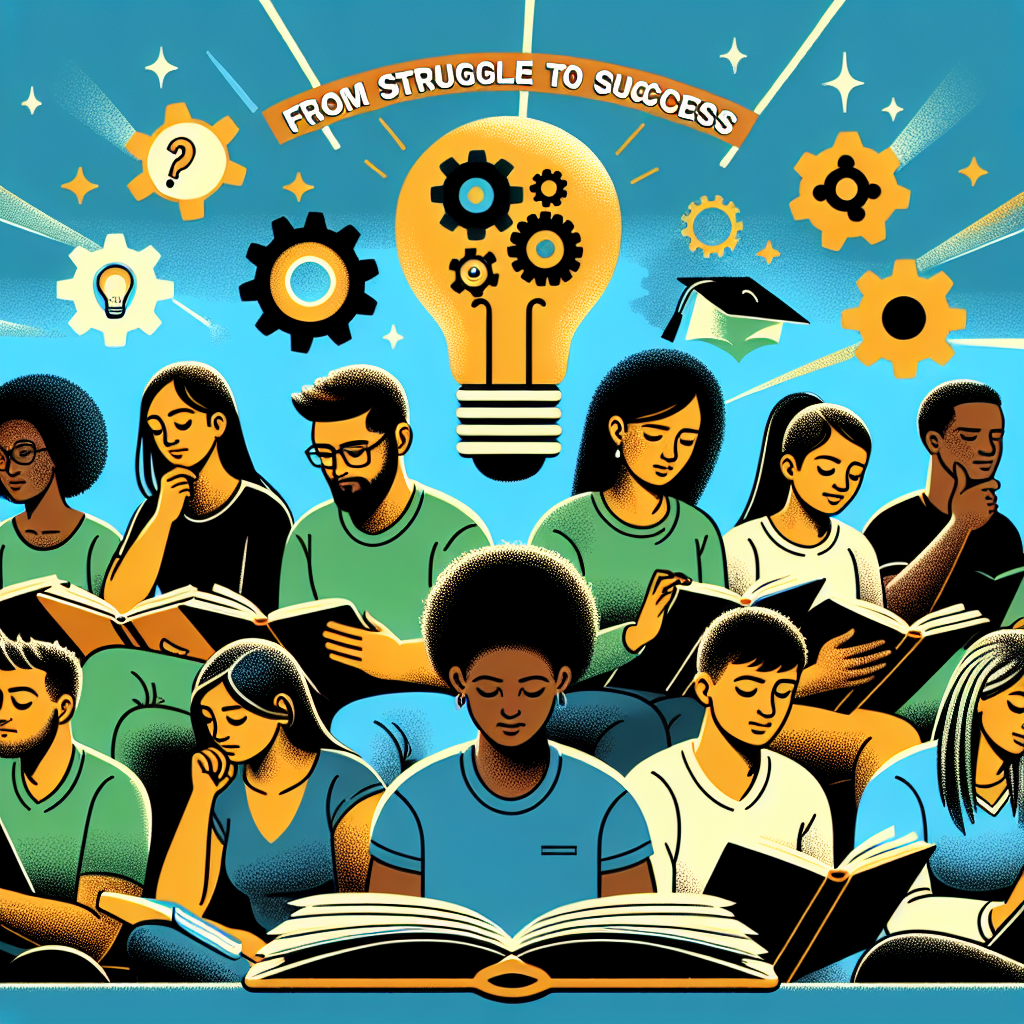From Struggle to Success: Ultimate Real-Life Stories of Overcoming Memory Barriers in Learning
Introduction
Memory is the cornerstone of learning, shaping our ability to acquire, retain, and apply knowledge. Yet for many, this process is fraught with challenges. Imagine struggling to remember essential facts during an exam or forgetting critical instructions just when you need them most. Such experiences are not just frustrating; they can deter individuals from pursuing further education or professional development. In this article, we will explore "From Struggle to Success: Real-Life Stories of Overcoming Memory Barriers in Learning," sharing inspiring accounts of individuals who have triumphed over their memory challenges.
We will delve into the practical strategies they employed and the lessons they learned, ultimately revealing how barriers can become stepping stones toward success.
Understanding Memory Barriers
What Are Memory Barriers?
Memory barriers can be classified into several categories:
- Cognitive Limitations: Inherent difficulties in processing information.
- Environmental Factors: Distractions and unsuitable learning environments.
- Emotional Factors: Anxiety, lack of confidence, or negative experiences associated with memory recall.
The Impact of Memory Barriers
Memory barriers can lead to low self-esteem and hinder opportunities for personal and professional growth. Understanding these barriers can pave the way for effective strategies that facilitate learning and retention.
Case Studies of Overcoming Memory Barriers
Case Study 1: Sarah’s Story—Visual Learning Techniques
Background: Sarah struggled with traditional rote memorization techniques, which left her feeling overwhelmed during her studies. Faced with the pressure of university exams, she realized she needed a more dynamic approach.
Strategy: Sarah incorporated visual learning techniques. She created mind maps and infographics depicting complex information, transforming her study materials into engaging visuals.
Outcome: Transitioning from text-heavy to visual learning led to a significant improvement in her retention. Not only did she ace her exams, but she also developed a passion for graphic design.
| Technique | Description | Result |
|---|---|---|
| Mind Maps | Visual diagrams connecting concepts | Improved retention |
| Infographics | Engaging visuals summarizing large information | Increased engagement |
Case Study 2: Tom’s Journey—Chunking Information
Background: Tom was a high school student diagnosed with ADHD, making it difficult for him to focus on lengthy texts. Information overload often resulted in frustration and poor grades.
Strategy: His teacher introduced him to the technique of chunking—breaking information into smaller, manageable parts. This method helped Tom focus on one piece of information at a time.
Outcome: The chunking strategy revolutionized Tom’s learning experience. He began to excel in his studies and even discovered a love for history, a subject he once found tedious.
Case Study 3: Linda’s Transformation—Using Technology
Background: Linda, a working professional, struggled to remember industry terms and concepts that were critical for her development in a complex field.
Strategy: Embracing technology, Linda turned to memory apps like Anki and Quizlet, which used spaced repetition systems to reinforce learning over time.
Outcome: Linda’s ability to recall information improved tremendously. She even shared her success with colleagues, encouraging them to adopt similar tools for enhanced productivity.
The Science Behind Memory Strategies
Understanding the techniques that aid memory can be transformative for learners. Here are some effective strategies that have been validated by research:
1. Spaced Repetition
Spaced repetition involves reviewing information at increasing intervals. This technique leverages the brain’s ability to remember over time, reinforcing learning effectively.
2. Mnemonics
Mnemonics utilize patterns, acronyms, or rhymes to encode information. This method is particularly useful for memorizing lists or sequences.
3. Active Recall
Active recall encourages learners to retrieve information from memory without prompts. Techniques such as flashcards foster this type of retrieval practice, enhancing long-term memory.
| Memory Strategy | Description | Effectiveness |
|---|---|---|
| Spaced Repetition | Reviewing knowledge at spaced intervals | Increases retention |
| Mnemonics | Using catchy phrases or patterns to recall information | Enhances memory retrieval |
| Active Recall | Practicing retrieval without prompts | Strengthens neural pathways |
Unlocking the Power of Emotions in Learning
Emotions play a significant role in the learning process. Positive emotional states, such as motivation and self-efficacy, drastically improve memory retention. Conversely, negative emotions, like anxiety, can create formidable barriers.
Cultivating a Positive Learning Environment
- Encouragement: Support from peers and mentors can bolster confidence.
- Mindfulness Practices: Techniques such as meditation can alleviate anxiety, creating a more conducive environment for learning.
Conclusion
From these inspiring real-life stories, it’s clear that overcoming memory barriers is not just about finding the right strategy; it’s about cultivating resilience and adaptability. The journey from struggle to success is filled with challenges, but with the right tools and mindset, anyone can turn their obstacles into opportunities.
By embracing varied learning techniques tailored to your individual needs, you can transform memory setbacks into stepping stones toward achievement. Remember, every great success story begins with a struggle, but it’s how you navigate that struggle that defines your journey.
FAQs
1. What are some common memory barriers in learning?
Memory barriers may include cognitive limitations, distractions, negative emotional states, and ineffective study methods.
2. How can technology assist in overcoming memory barriers?
Technology can provide tools like apps for spaced repetition, interactive quizzes, and engaging multimedia resources that facilitate effective learning.
3. Are mnemonic devices effective?
Yes, mnemonic devices can significantly enhance memory retention by creating associations through patterns, rhymes, or acronyms.
4. Can emotions affect memory during learning?
Absolutely! Positive emotional states improve memory retention while negative emotions can hinder the learning process.
5. What steps can I take to improve my memory?
You can improve your memory by employing strategies like spaced repetition, active recall, chunking, and creating positive learning environments that foster engagement.
By following the insights and strategies outlined in these stories, you too can embark on your own journey from struggle to success in overcoming memory barriers in learning.

